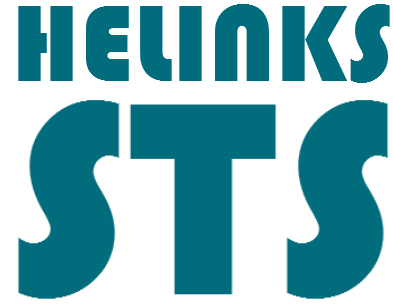Top-Down Engineering with Helinks STS
Explanation
In the Top-Down approach, the first step is to build a complete specification of the substation. This specification includes the functional structure (Voltage Levels, Bays, Logical Node) and the data flow between logical nodes. It is completely independent of actual IEDs, and instead incorporates virtual IEDs that represent an IED acting in a specific role such as Bay Controller, Merging Unit, Protection Unit, etc.. Virtual IEDs are assigned functionality in the form of logical nodes.
After the specification is created, real IEDs are introduced to the project to implement the functionality assigned to the virtual IEDs. For this, a mapping is required that specifies which logical nodes of the real IED are going to implement the logical nodes assigned to the virtual IED in the specification.
In Helinks STS, the real IEDs can then be configured automatically, using the information contained within the specification and the mapping between the real IED and virtual IEDs.
While requiring a higher initial effort, this workflow offers significant advantages:
Efficiency boost through high reusability between projects
All parts of the specification (Bays, Functions, Power Equipment, Virtual IEDs, Data flow Configuration) can be stored in a Helinks library and re-used in subsequent projects.
The mapping between a real IED and a virtual IED can also be stored in a Helinks library
Design standards are encapsulated in a SCL library, allowing for easy iterative changes
Standardised specification and mappings allow for more efficient testing
Reduced whole of life costs
Step by Step in Helinks STS
Create a functional specification
Use the Single Line editor to create a specification of your substation, down to the level of data object and attributes contained in logical nodes. Assign functions that contain logical nodes to virtual IEDs.Either do this from scratch, or use an existing library.
Create data flow in your specification
Set up MMS Report data flow in your specified substation, either using the method from the Single Line editor, or within the Data Flow editor using Application Templates.
Set up GOOSE and Sampled Value communication in the Data Flow editor, either by drawing an application manually or using existing Application Templates from your library.
The communication you set up in this step will later be reflected in the SCD file using the SCL extensions defined in IEC61850 90-30.
Import IEDs and create Networks
Import the IEDs you would like to use in your project, either by importing an ICD file and instantiating new IEDs from it, or by importing IEDs from IID, CID, or SCD files. Create networks for your substation and connect the IEDs to them, configure network related SCL parameters as needed.
Create a mapping between IEDs and specification
Implement all virtual IEDs of your specification with real IEDs in the Single Line editor. Now create a mapping between logical nodes of your specification and the logical nodes of the real IED.
If you are using a library, this step will happen automatically if it contains mappings for the real IEDs type.
Generate IED configuration
You can now automatically generate all required communication elements in the IEDs (Data Sets, Control Blocks, ExtRefs etc.). Check the Communication editor to see the configured communication between IEDs. Troubleshoot if needed
Export SCD
You can now export an SCD file that contains all IEDs, the networks, all required data types, and the substation specification of your project.
